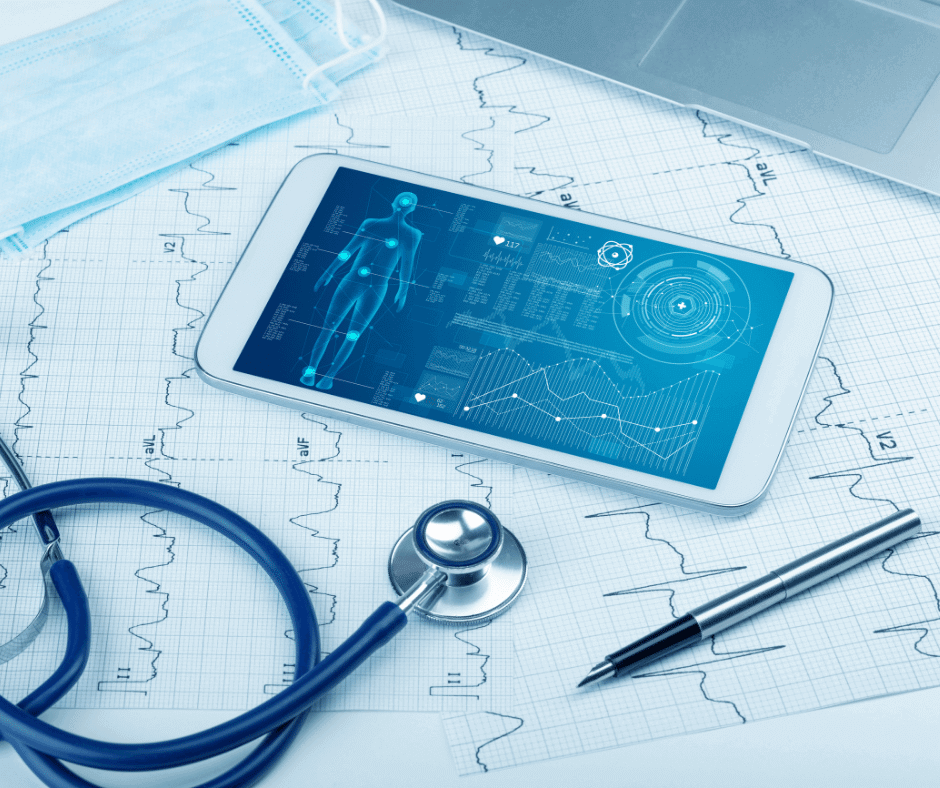As previously discussed in our article for Software as a Medical Device (SaMD), a significant development has occurred in the Mexican regulatory framework. The introduction of the first official approach to regulating SaMD marks a crucial step in the right direction, aiming to establish a faster and more comprehensive regulatory environment.
However, the rapid pace of advancements and innovation in the field of SaMD, creates a dynamic landscape. Consequently, there are often gaps in the understanding and comprehension of regulatory practices.
In this article, we will discuss in more detail what is considered SaMD in Mexico. Furthermore, we will provide some examples based on the new rules and practical classification scenarios.
Definition of Software as a Medical Device
The definition of Software as a Medical Device in Mexico closely aligns with the definitions found in other regulatory frameworks. In fact, it closely follows the one established by the International Medical Device Regulators Forum (IMDRF), and reads as follows:
“Software as a Medical Device (SaMD) refers to software used with one or more medical purposes, characterized by the fact that it does not need to be part of the hardware of a medical device to fulfill its intended medical purpose. SaMD is capable of functioning on general computerized platforms and can be used independently or in combination with other products (e.g., as a module, with another medical device, etc.). Mobile apps that fit within this definition are also considered SaMD”
It is important to note that, if the software is needed for a medical device to function properly, it is automatically excluded from the prior definition.
What software could be classified as a Medical Device?
By its own nature, trying to conceptualize software can sometimes be challenging, given that it is not a physical entity. Some SaMD examples are:
- Computer-aided detection software. Software that post-processes images and analyzes the results in order to detect certain pathologies or common or well-defined problems that can be visualized in the images. Examples include detection of lung cancer, heart failure or strokes.
- Recollection and analysis software. Used to develop a medical plan of action for a specific illness.
- Software that allows the display of MRI images on a smartphone or mobile devices.
- Software that analyzes patient data to recommend a proper drug dosage.
- E-medicine software that provides real-time vital signs of a patient.
While it may seem that every software used within the medical devices’ ecosystem has to be classified as a SaMD, we must remember that such classification is ultimately granted by the intended use of the software itself. Examples of software that are not considered SaMD are:
- Software that monitors performance of a device or its components to provide proper maintenance (such as displaying code errors).
- Software used in closed loop control in the hardware of medical devices. Also referred to as “embedded software” or “firmware”.
- Software required by a medical device to perform its intended use, even if sold separately from the medical device.
- Software used to control the motors in an infusion pump.
- Software that relies on data obtained from a medical device, but its intended use does not have a medical purpose.
- Software enabling clinical communication and workflow, including patient registration, voice or video calling, etc.
- Educational tools for healthcare suppliers.
Examples of classification of SaMD in Mexico
The ruling classification of SaMD within the Mexican regulation can be found in the Supplement of the Mexican Pharmacopoeia, specifically with the newly added Rule 16. This rule outlines three main criteria to classify SaMD. We will describe them briefly:
- If software is destined to give information used to take therapeutic or diagnostic decisions, or monitor physiological processes, it will be classified as Class II.
- If the above criteria are met, but it could irreversibly impact a patient or medical procedure, pose grave danger to the patient, or cause death, it will be classified as Class III.
- If the previous two criteria do not apply to your product, it will be classified as Class I.
Keeping these criteria in mind, we can attempt to classify the previously mentioned examples within Rule 16:
- Computer-aided detection software, could commonly be classified as Class II, with some exceptions that may escalate to Class III.
- Recollection and analysis software used to develop a medical plan of action for a specific illness could be classified as Class III.
- Software that allows the display of MRI images on a smartphone or mobile devices could be classified as Class I.
- Software that analyzes patient data to recommend a proper drug dosage could be classified as Class III.
- E-medicine software that provides vital signs of a patient in real time could be classified as Class II.
Conclusion
Classification of Software as a Medical Device in Mexico represents a significant development in the regulatory framework. The alignment with international definitions and the introduction of clear criteria for classification have laid the foundation for a more comprehensive and efficient regulatory environment.
If you plan to register SaMDs or other medical devices in the Mexican market, please feel free to contact us at contact@veraqueconsulting.com, or check our guidelines or checklists.

